Honda’s reputation for dependable cars is legendary. But gearheads know there’s more to the story. Honda boasts a rich history of iconic classic cars that redefined what a car could be.
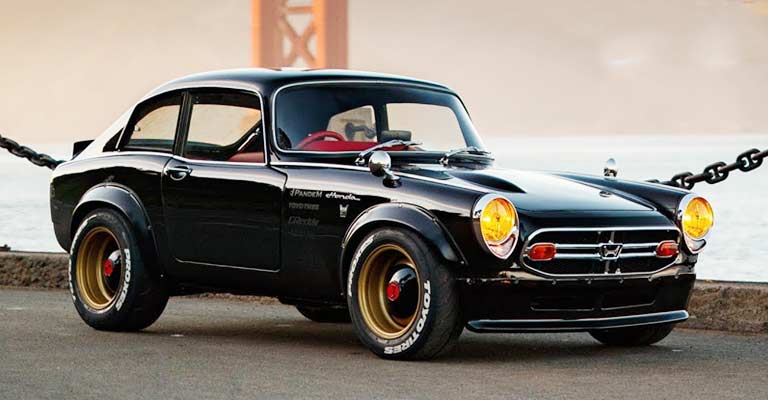
From sporty screamers to timeless cruisers, these Honda classics continue to turn heads and ignite passion. This isn’t your average car show. We’re taking a nostalgic trip through time to revisit the best Honda classics.
We’ll explore legendary models that captured the hearts of drivers everywhere. Whether you crave the thrill of a high-performance engine or the comfort of a dependable daily driver, there’s a classic Honda waiting to be rediscovered.
1. Honda Legend
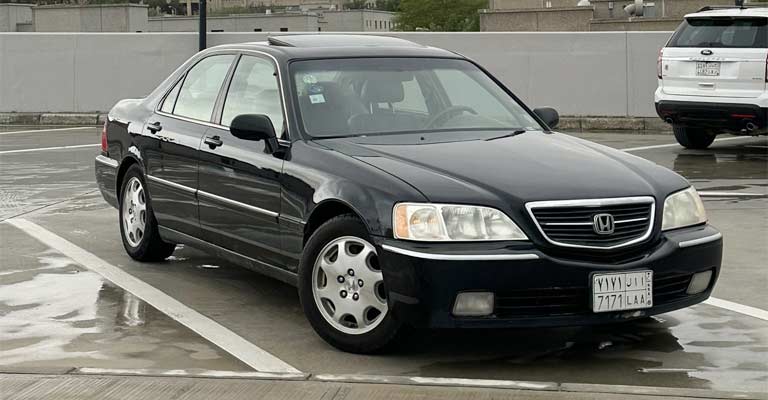
The 1986-1991 Honda Legend was a pioneering vehicle that marked Honda’s entry into the luxury car market. Offered in both sedan and coupe body styles, the Legend boasted a powerful V6 engine, a first for a Honda production car.
The 2.5L engine in early models was later upgraded to a 2.7L, providing even more muscle under the hood. Inside, the Legend was packed with luxury features like automatic climate control, power windows and locks, and a premium audio system, all wrapped in a sleek and sophisticated design.
The 1986-1991 Honda Legend earns a spot on our list of best Honda classics for several reasons. First, it shattered the perception of Honda as a purely practical brand.
The Legend proved Honda could compete with established luxury automakers in terms of performance, comfort, and technology. Second, the Legend’s reliability was legendary (pun intended).
Honda’s reputation for rock-solid engineering was a major selling point, and the Legend lived up to that reputation. Even today, these well-maintained cars are known for lasting a long time.
Finally, Honda Legend’s design has aged surprisingly well. The clean lines and elegant proportions remain attractive, making it a classic car that stands out from the crowd.
2. Honda Prelude
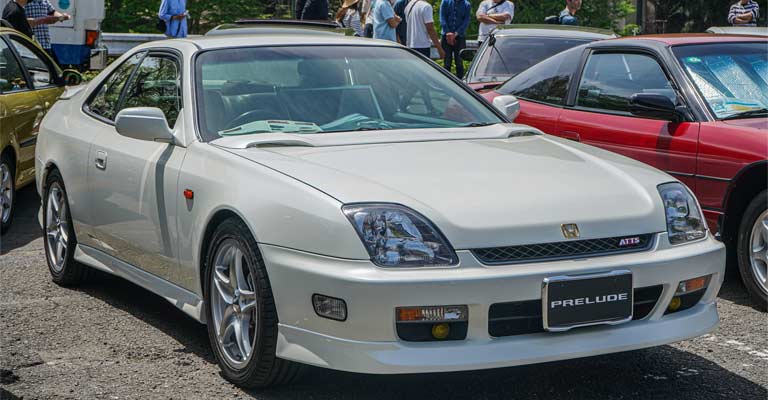
The Honda Prelude, produced from 1983 to 2001, carved its place in history as a sporty coupe that prioritized driving enjoyment. Across its five generations, the Prelude offered a compelling blend of performance and refinement.
Early models were known for their lightweight construction, sharp handling, and iconic pop-up headlights. Later iterations adopted a more luxurious feel with features like leather upholstery and sunroofs, but retained the core elements that made the Prelude a driver’s car.
The Prelude served as a testament to Honda’s dedication to engineering driving excitement. It provided sharp handling and a driver-focused interior that inspired confidence on the road.
A true classic of the Honda lineup, the Prelude’s influence is still felt today. It served as a testbed for new technologies that later trickled down to other Honda vehicles, and its legacy lives on in the hearts of those who loved driving it.
3. Honda S600

The Honda S600, a petite roadster launched in 1964, marked a significant turning point for Honda. Not only was it the brand’s first mass-produced car.
But it also introduced the world to Honda’s commitment to exhilarating driving dynamics in a compact package.
Borrowing heavily from their motorcycle expertise, Honda equipped the S600 with a high-revving, four-cylinder engine that loved to be pushed.
The car’s lightweight construction and nimble handling made it a joy to toss around corners, establishing a reputation for sporty performance that would become a hallmark of Honda automobiles.
Offered in both roadster and coupe variants, the S600 paved the way for future Honda sports cars like the S2000 and laid the groundwork for the company’s global success in the automotive market.
4. Honda N600
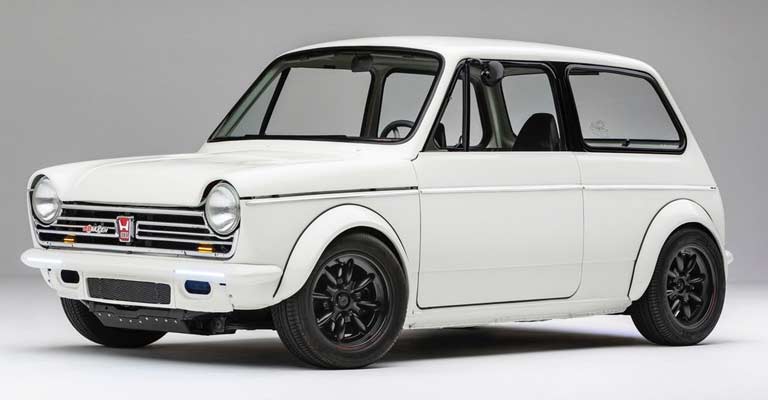
The Honda N600, introduced in the US in 1969, wasn’t just a car – it was a stepping stone. This subcompact marvel, based on the smaller Honda N360 built for the Japanese Kei car regulations, served as the very first Honda automobile officially exported to North America.
While unassuming in size, the N600 packed a technological punch for its time. Its air-cooled, two-cylinder engine, though small, revved high and achieved impressive fuel efficiency, making it a darling of the era’s oil crisis.
Front-wheel drive, a then-uncommon layout, offered nimble handling, while the option for a three-speed Hondamatic transmission, Honda’s first automatic, broadened its appeal.
Though its production run in the US ended in 1972, the N600 paved the way for the iconic Honda Civic, leaving its mark as a pioneer that introduced American drivers to the qualities that would define Honda for decades to come.
5. Honda Accord BTCC 2000
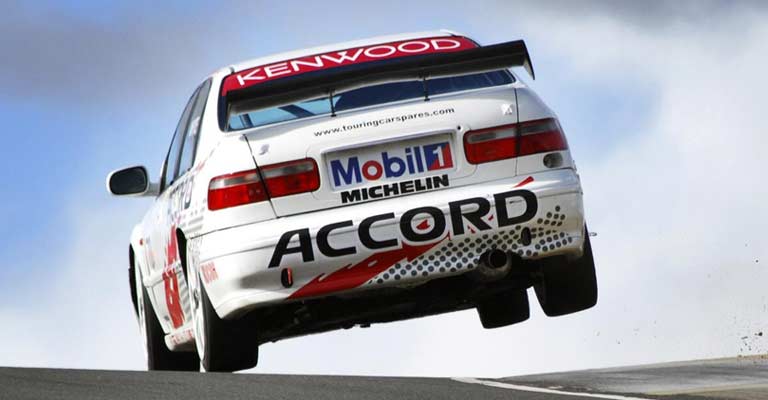
The 2000 Honda Accord BTCC wasn’t your average family sedan. Built to dominate the British Touring Car Championship (BTCC), this fire-breathing machine took the spirit of the Accord and turned it into a track weapon.
Under the hood, a heavily modified 2.0-liter engine, based on the Honda H22A, pumped out a staggering 320 horsepower – a far cry from its showroom counterpart.
Aerodynamic tweaks transformed the Accord’s silhouette, with aggressive body kits and a towering rear wing generating downforce for superior cornering.
These Accords were piloted by racing legends like Tom Kristensen, who even secured the final two victories of the 2000 season, marking a historic end to the Super Touring era in the BTCC.
The 2000 Honda Accord BTCC stands as a testament to Honda’s engineering prowess and their ability to transform a seemingly ordinary car into a championship-winning race car.
6. McLaren-Honda MP4/4
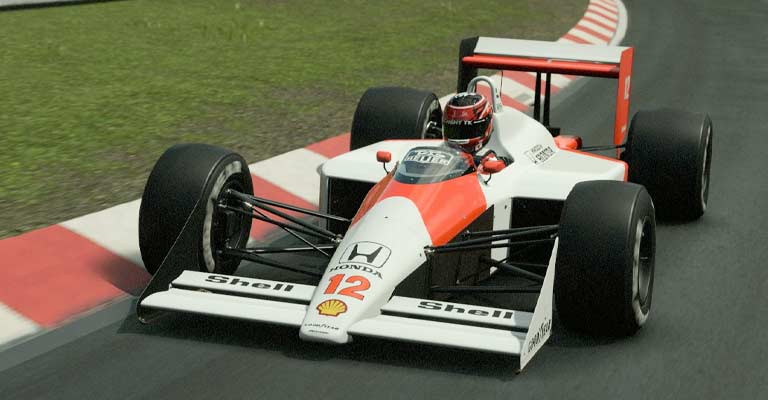
The McLaren-Honda MP4/4, a champion forged from collaboration, remains a legend in Formula One history.
Debuting in 1988, this machine was a potent combination of Honda’s technologically advanced 1.5-liter V6 turbo engine and a meticulously crafted carbon-fiber chassis by McLaren.
The MP4/4’s dominance was undeniable. With legendary drivers Ayrton Senna and Alain Prost behind the wheel, it secured 15 out of 16 race victories that season, a win rate unsurpassed for over 3 decades.
Beyond its track supremacy, the MP4/4 represented a pinnacle of engineering. Honda’s innovative engine, featuring variable valve timing and peak power exceeding 700 horsepower, was a marvel.
McLaren’s lightweight chassis and advanced suspension provided exceptional handling, making the MP4/4 a marvel of both speed and precision.
This iconic car stands as a testament to the extraordinary achievements possible when engineering giants like Honda and McLaren join forces.
7. Honda RA272
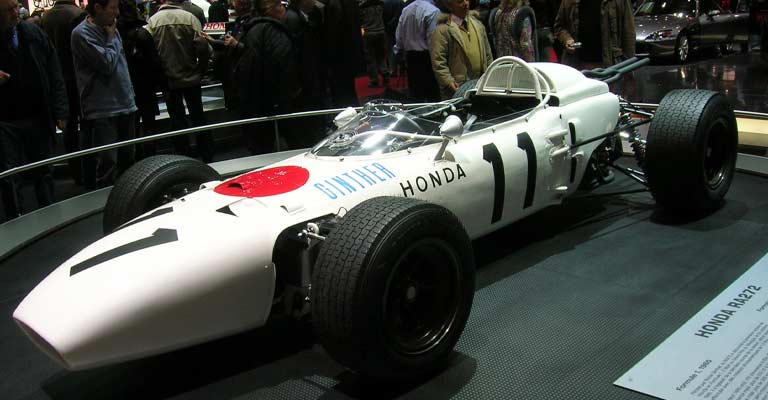
The Honda RA272, a marvel of engineering that roared onto the Formula One scene in 1965, marked a historic moment for both Honda and Japanese motorsports.
This sleek machine, designed by Yoshio Nakamura and Shoichi Sano, housed a revolutionary 1.5-liter V12 engine – the first of its kind for Honda.
Nicknamed the “screaming Honda” for its high-pitched wail, the engine churned out an impressive 230 horsepower, placing it at the forefront of power in the 1.5-liter era.
The RA272’s significance goes beyond its impressive engine. This car secured Honda’s first-ever Formula One victory at the 1965 Mexican Grand Prix, driven by the legendary Richie Ginther.
The win not only solidified Honda’s reputation for innovation but also paved the way for future Honda dominance in Formula One, with their engines powering a total of 89 victories to date.
The RA272 stands as a testament to Honda’s early ambition and a significant milestone in their racing legacy.
8. Honda S800
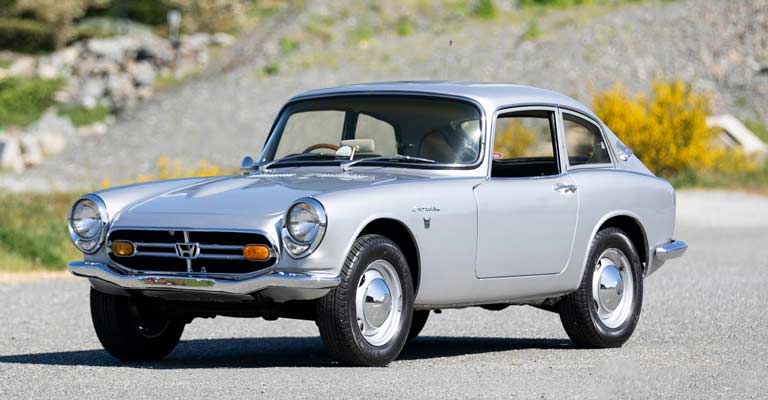
The Honda S800, a sporty two-seater that debuted in 1966, played a pivotal role in solidifying Honda’s reputation for innovation and exhilarating driving experiences.
Picking up the baton from the well-received S600, the S800 boasted a larger, 791cc inline-four engine that revved to a stratospheric 9,500 rpm – one of the highest redlines for a production car of its era.
This engine, a testament to Honda’s expertise in high-performance motorcycle engineering, delivered a thrilling 70 horsepower, propelling the S800 to become Honda’s first car to break the 100 mph barrier.
Beyond its impressive powerplant, the S800 offered a lightweight chassis and nimble handling, characteristics that became synonymous with Honda sports cars.
Available in both coupe and roadster configurations, the S800 appealed to driving enthusiasts who craved a car that was as fun on winding roads as it was stylish on city streets.
The S800’s legacy extends far beyond its four-year production run. It served as a stepping stone for future iconic Honda sports cars and cemented the brand’s image as a manufacturer that prioritized both performance and driver engagement.
9. Honda NSX (2nd Generation)
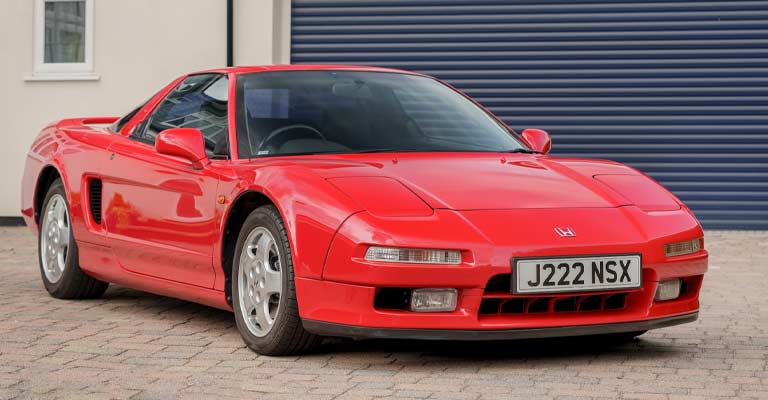
While technically marketed as the Acura NSX in North America, the second-generation NSX (2016-2022) deserves a place in the history of Honda classics.
This mid-engine, all-wheel-drive supercar marked a bold departure from its predecessor. Shedding the purely gasoline-powered approach, the 2nd gen NSX embraced a hybrid drivetrain.
A 3.5-liter twin-turbocharged V6 engine worked in concert with three electric motors, producing a staggering 573 horsepower (or 602 horsepower in the later Type S variant).
This innovative powertrain offered not only neck-snapping acceleration but also surprising fuel efficiency for a car in its class. The 2nd gen NSX wasn’t just about raw power; it remained true to the driver-focused spirit of the NSX name.
Honda (or Acura) engineers meticulously crafted a lightweight space frame utilizing aluminum, high-strength steel, and other exotic materials.
This resulted in a car with exceptional handling and agility, living up to the legacy of the original NSX while ushering in a new era of hybrid supercar performance.
10. Honda Integra DC2 Type R
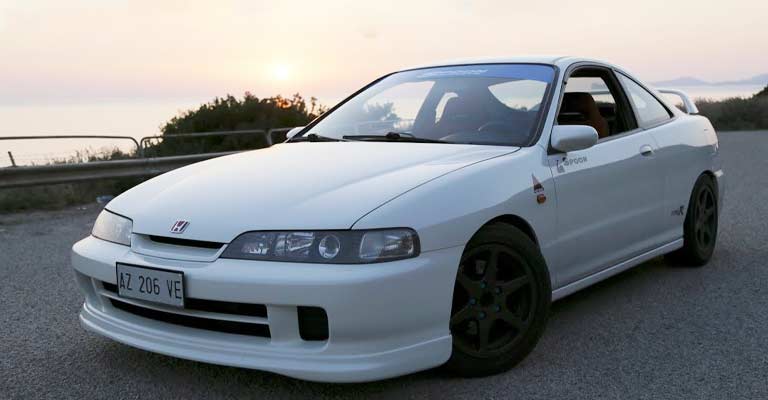
The Honda Integra DC2 Type R, produced from 1995 to 2001, holds a revered position among enthusiasts as one of the greatest front-wheel-drive performance cars ever built.
This wasn’t just a hopped-up version of the standard Integra; it was a lightweight, driver-focused machine honed for track supremacy. The heart of the DC2 Type R was a screaming 1.8-liter VTEC engine, known for its high redline and intoxicating power delivery.
Unlike its American counterparts, the Japanese-spec engine pushed out a thrilling 200 horsepower, putting it at the forefront of naturally aspirated performance. Beyond the engine, the DC2 Type R was a masterclass in handling.
Aggressive weight reduction measures – from thinner windows to a stripped interior – kept the car incredibly light.
Combined with a close-ratio gearbox, a limited-slip differential, and a suspension tuned for razor-sharp turn-in, the DC2 Type R carved canyons with unmatched precision.
This iconic car cemented the Integra’s reputation as a driver’s dream and established Honda’s Type R badge as a symbol of pure performance.
11. Honda NSX (1st Generation):
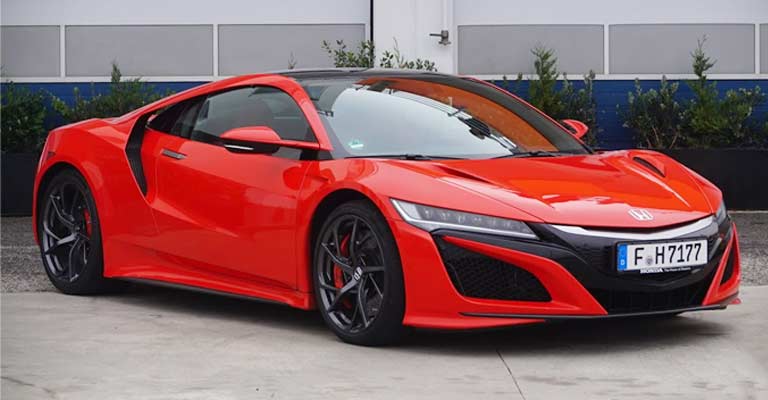
The first generation Honda NSX, produced from 1990 to 2005, wasn’t just a phenomenal sports car; it was a giant leap for Japanese automakers. Prior to the NSX, European marques dominated the high-performance sphere.
Honda set out to challenge this status quo, targeting the Ferrari 328 as a benchmark. The NSX achieved this and more, offering supercar performance with legendary Honda reliability and everyday usability.
Its mid-mounted, VTEC-equipped 3.0L V6 engine was a marvel of engineering, delivering smooth, exhilarating power.
The car’s all-aluminum construction provided a lightweight and incredibly rigid chassis, ensuring sharp handling and exceptional braking capabilities.
The NSX wasn’t just a powerful track monster; it was a comfortable and refined grand tourer, proving a supercar could be both thrilling and practical.
12. Honda Civic Type R:
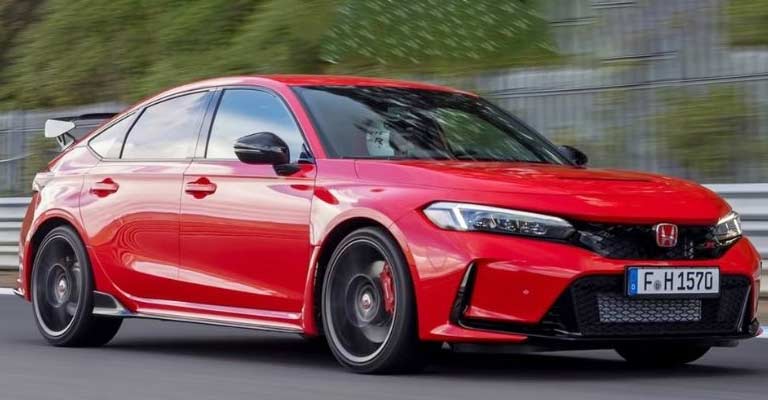
The 1997 arrival of the fifth-generation Honda Civic Type R (EK9) marked a turning point for the hot hatch segment. This lightweight, front-wheel-drive champion took the world by storm.
Its naturally-aspirated 1.6-liter VTEC engine, known for its sky-high 8,400 rpm redline, produced a thrilling 185 horsepower, making it a giant slayer on the track.
The EK9 wasn’t just about power; it carved corners with unmatched precision thanks to its stiff suspension, aggressive limited-slip differential, and driver-focused ergonomics.
This raw, unadulterated driving experience cemented the Civic Type R’s reputation as a legend, inspiring generations of performance car enthusiasts.
Fast forward to the sixth-generation Civic Type R (FK8) launched in 2017. Though a more modern interpretation, it stayed true to the hot hatch icon’s core principles.
13. Honda S2000:

The Honda S2000, produced from 2000 to 2009, wasn’t just a convertible; it was a driver’s dream wrapped in a sleek, aerodynamic shell.
This open-top sports car harkened back to Honda’s roadster heritage, offering a thrilling experience that married exhilarating performance with exceptional handling.
The heart of the S2000 was a masterpiece of engineering – a naturally-aspirated 2.0-liter VTEC engine renowned for its sky-high 8,800 rpm redline.
This high-revving powerhouse produced 240 horsepower, making the S2000 feel light on its feet and eager to be pushed.
Beyond its impressive engine, the S2000 was a masterclass in driver engagement. A close-ratio, six-speed manual transmission offered precise gear changes.
And a double-wishbone suspension on all four corners ensured sharp handling and responsive steering. The lack of a bulky folding roof kept the weight down, contributing to the car’s nimble nature.
14. Honda CRX
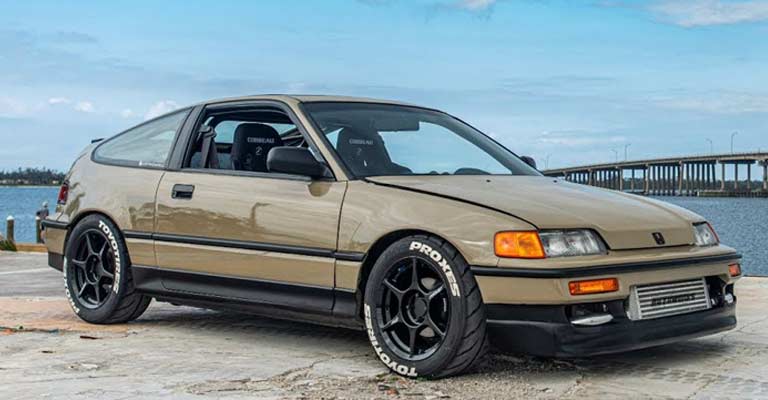
The Honda CRX, a two-seater sport compact produced from 1983 to 1991, carved a unique niche in the automotive landscape.
This lightweight marvel offered the practicality of a hatchback with the thrilling performance of a sports car. The CRX’s secret weapon was its incredibly efficient engine.
Early models featured a 1.5-liter, single-overhead camshaft unit that delivered impressive fuel economy while still producing enough pep for spirited driving.
Later iterations, like the Si trim, boasted a 1.6-liter DOHC engine with a higher redline, pushing power figures closer to 130 horsepower.
The CRX’s brilliance went beyond its engine. Honda’s engineering prowess resulted in a car that was incredibly light on its feet. This, combined with a sharp and responsive suspension setup, made the CRX a joy to toss around corners.
Whether zipping through city streets or carving up mountain roads, the CRX offered an engaging driving experience that was both fuel-efficient and undeniably fun.
This winning combination secured the CRX’s place as a beloved classic, leaving a lasting legacy on the world of sporty compact cars.

Leave a Reply